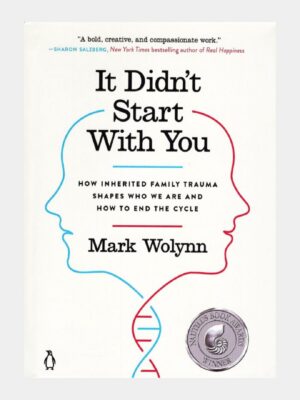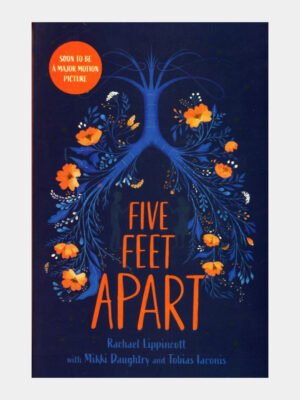«Mansfield Park» — Jane Austen
Overview
«Mansfield Park» is a novel by Jane Austen, published in 1814. It is one of her most well-known works, exploring themes of social class, moral dilemmas, and romantic relationships in early 19th-century England.
Plot
The story follows Fanny Price, a poor relative taken in by the Bertram family at their estate, Mansfield Park. Growing up among her wealthier cousins, Fanny’s modesty and moral principles set her apart.
When new characters, such as Mary Crawford and her brother Henry, arrive at the estate, Fanny faces challenges regarding her feelings and values. While her cousins indulge in social life and romantic intrigues, Fanny must choose between her feelings for Edmund Bertram and her ethical beliefs.
Major Themes
- Social Class and Privilege:
- The novel examines the differences between social classes and the impact of wealth on personal relationships.
- Morality and Ethics:
- Fanny represents a model of moral integrity, contrasting with other characters who face ethical compromises.
- Love and Marriage:
- Austen explores concepts of love and marriage, emphasizing the importance of mutual understanding and respect.
- Family Relationships:
- Interactions among family members play a crucial role in the development of the plot and characters.
Conclusion
«Mansfield Park» is a deep and multifaceted novel that offers readers a rich tapestry of emotions and social commentary. Jane Austen masterfully blends humor and seriousness, making her work relevant even today. The novel addresses important issues of morality and human relationships while remaining an engaging and captivating read.










































































































Отзывы
Отзывов пока нет.